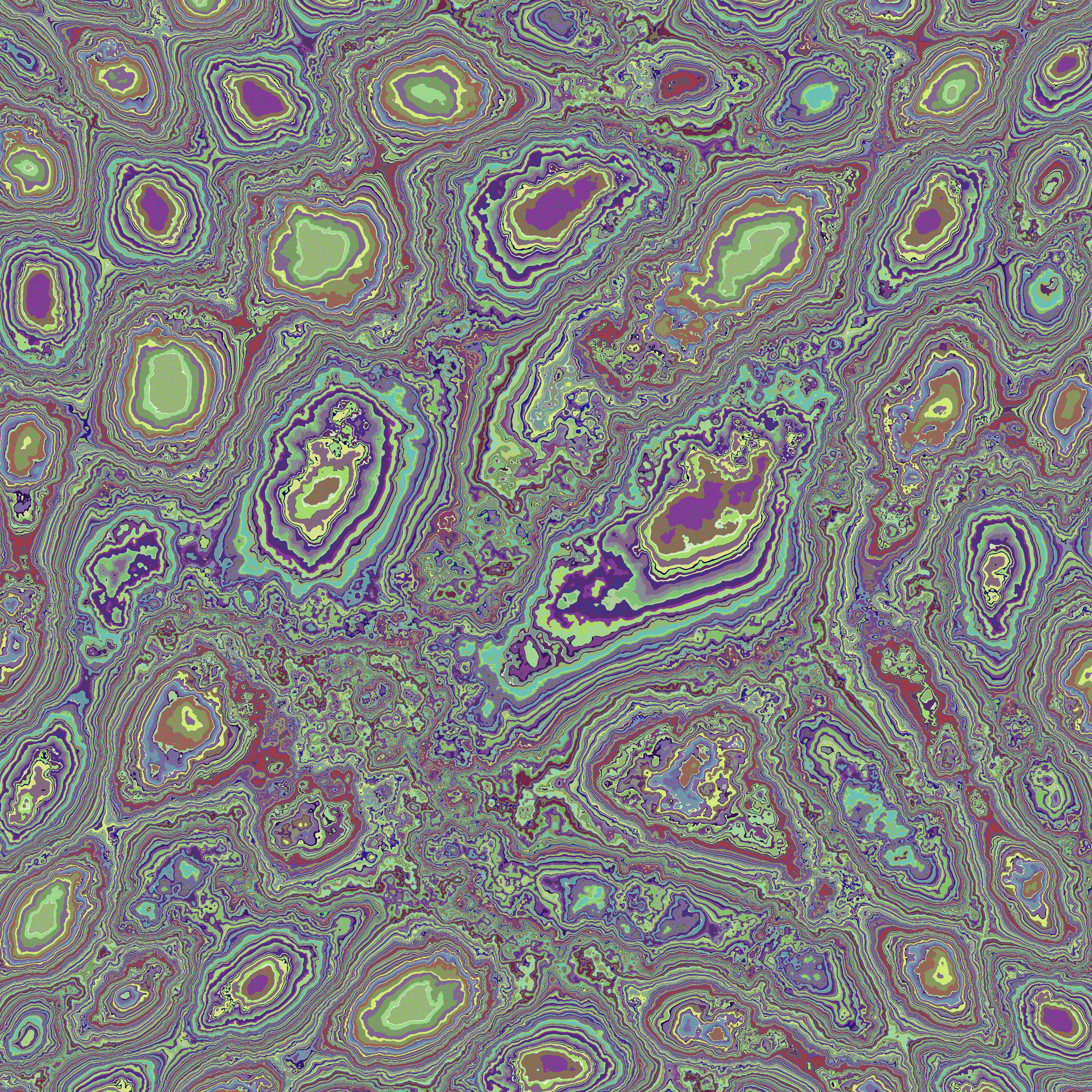


First, I prompted Gemini to write some Python code to generate allrgb images resembling ai hallucination. It did, but the code contained errors, which it refused to fix.
I then prompted Chatgpt to fix the code, which it did. I also prompted it to improve the results.
Lastly, I returned the corrected code back to Google by running it in Colab.
import numpy as np from PIL import Image import noise import math import random # Constants WIDTH = HEIGHT = 4096 TOTAL_COLORS = WIDTH * HEIGHT # Step 1: Generate all RGB colors exactly once print("Generating RGB color list...") colors = np.zeros((TOTAL_COLORS, 3), dtype=np.uint8) index = 0 for r in range(256): for g in range(256): for b in range(256): colors[index] = [r, g, b] index += 1 assert index == TOTAL_COLORS # Step 2: Create spatial weights (hallucination-like structure) print("Generating spatial weights...") coords = [] scale1 = 6.5 scale2 = 17.0 octaves = 5 for y in range(HEIGHT): for x in range(WIDTH): u = (x - WIDTH / 2) / (WIDTH / 2) v = (y - HEIGHT / 2) / (HEIGHT / 2) # Multi-scale noise + trigonometric field n1 = noise.pnoise2(u * scale1, v * scale1, octaves=octaves) n2 = noise.pnoise2(u * scale2, v * scale2, octaves=octaves) trig = ( np.sin(8 * (u + v) + n1) + np.cos(15 * u * v + n2) + np.sin((u**2 - v**2) * 12 + n1) ) weight = trig + 0.3 * n1 + 0.2 * n2 coords.append((weight, x, y)) coords.sort() # Step 3: Cluster colors into perceptual groups (brightness + hue) print("Clustering and reshuffling colors...") def perceptual_cluster_key(color): r, g, b = color / 255.0 brightness = 0.3 * r + 0.59 * g + 0.11 * b hue = math.atan2(math.sqrt(3) * (g - b), 2 * r - g - b) # Improved hue estimation return (int(hue * 10) % 20, int(brightness * 10)) # Cluster bins # Sort colors into chunks, then shuffle within and across clusters clusters = {} for color in colors: key = perceptual_cluster_key(color) clusters.setdefault(key, []).append(color) # Shuffle colors within each cluster to add internal chaos for group in clusters.values(): random.shuffle(group) # Collect and re-shuffle groups to increase global contrast shuffled_cluster_keys = list(clusters.keys()) random.shuffle(shuffled_cluster_keys) colors_clustered = [] for key in shuffled_cluster_keys: colors_clustered.extend(clusters[key]) colors = np.array(colors_clustered, dtype=np.uint8) assert len(colors) == TOTAL_COLORS, "Color loss or duplication occurred." # Step 4: Map each color to a spatially-sorted coordinate print("Mapping hallucinated color field...") image = Image.new("RGB", (WIDTH, HEIGHT)) pixels = image.load() for i, (_, x, y) in enumerate(coords): pixels[x, y] = tuple(colors[i]) # Step 5: Save final image output_filename = "hallucination_clustered_rgb_exact.png" print(f"Saving to {output_filename}...") image.save(output_filename, format="PNG") print("Done! ✅ Image contains all 16,777,216 RGB colors exactly once, in full chaos.")
| Date | |
|---|---|
| Colors | 16,777,216 |
| Pixels | 16,777,216 |
| Dimensions | 4,096 × 4,096 |
| Bytes | 50,102,320 |
